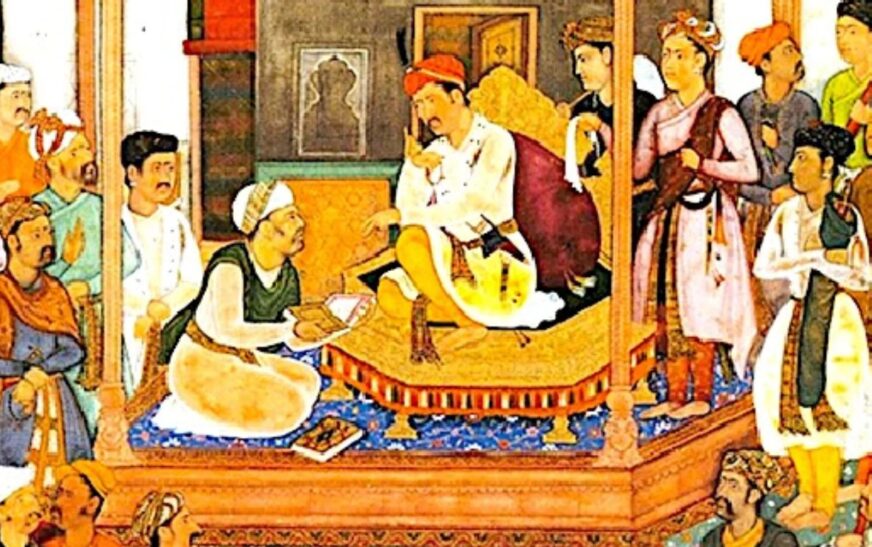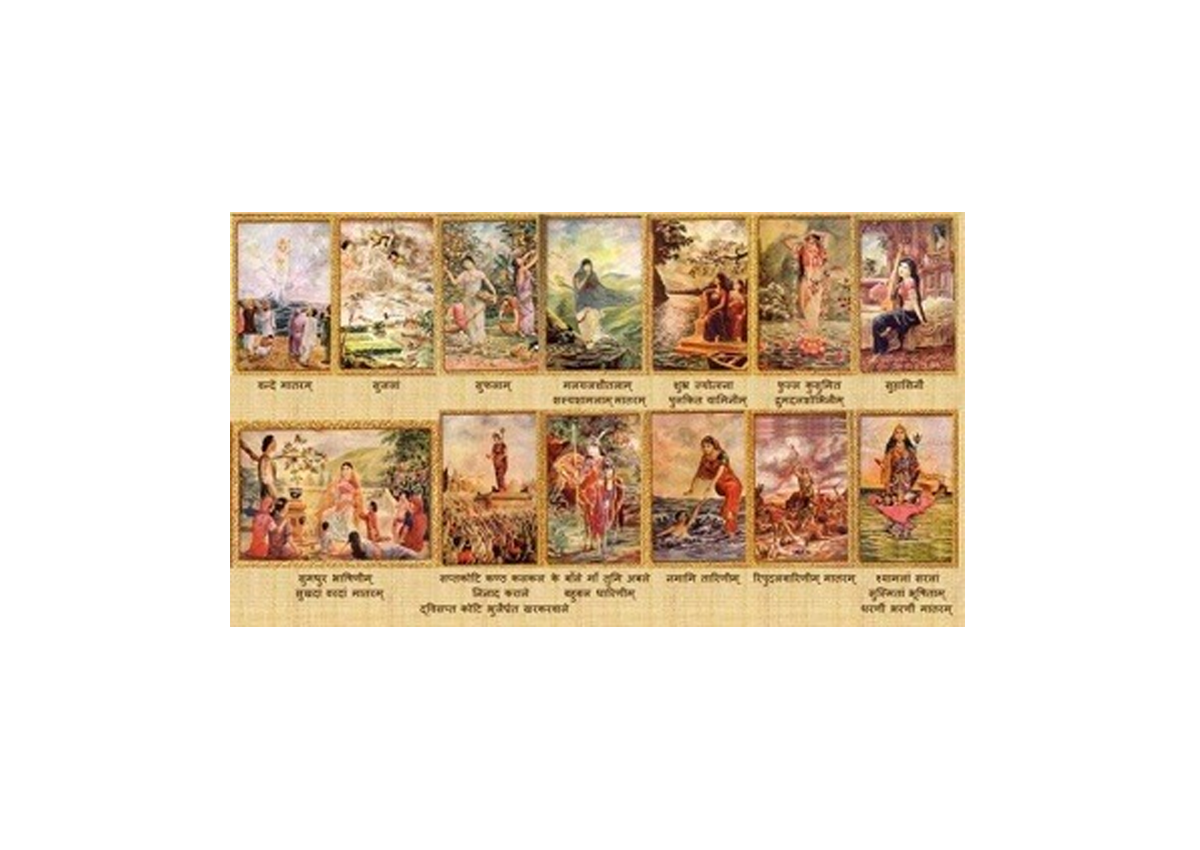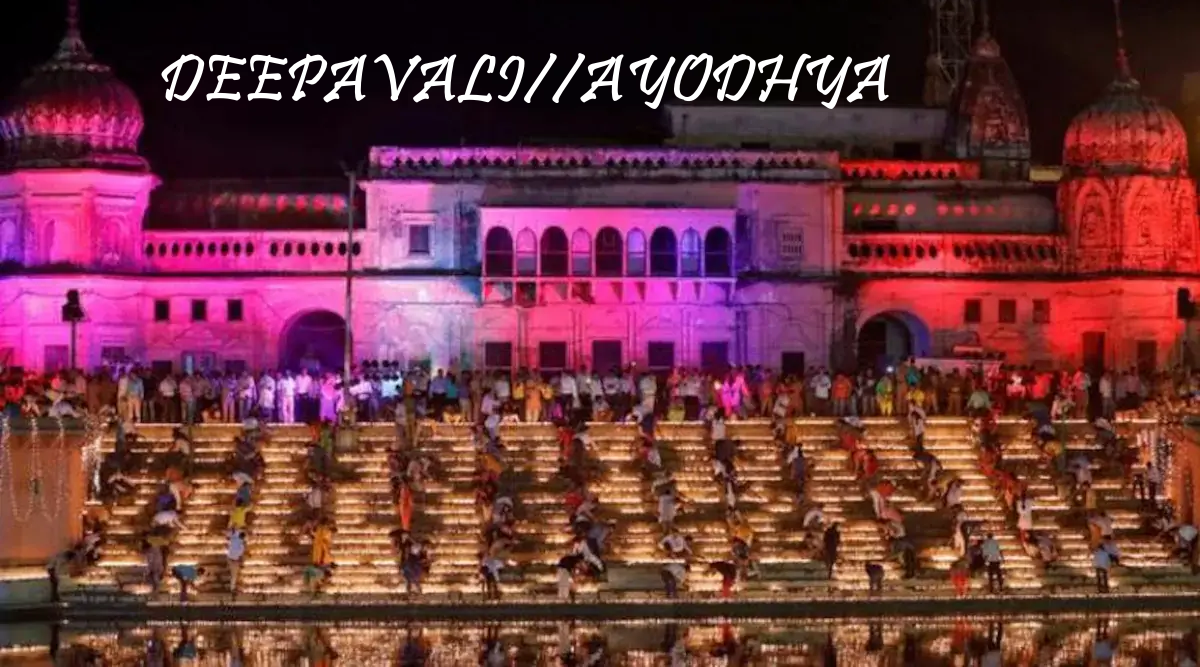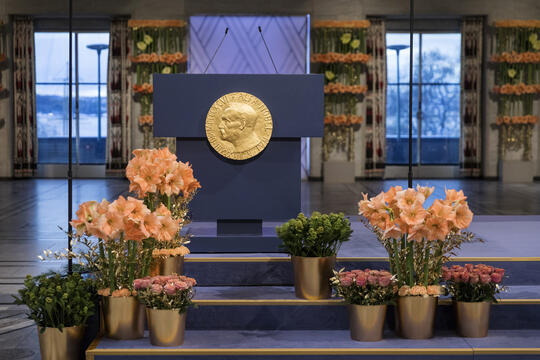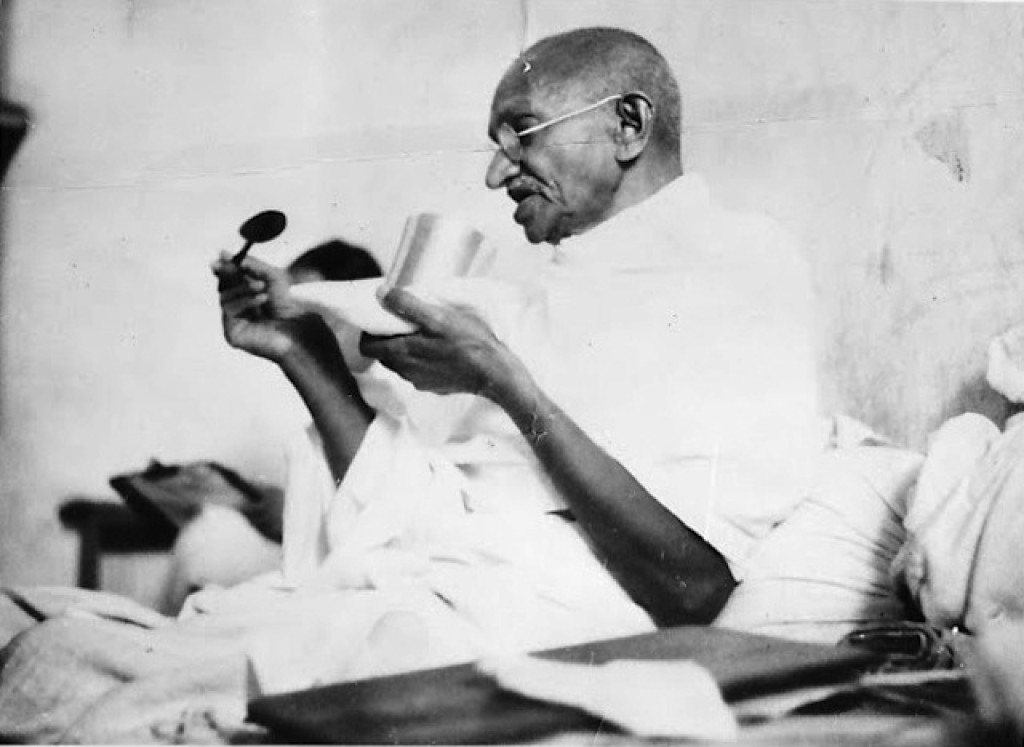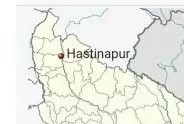MUGHAL-E-AJAM—III
BABUR—AKBAR
SARASIJ MAJUMDER
Jalaluddin Muhammad AKA Babur (14/02/1483—26/12/1530):

Babur himself wrote about his homosexual attraction in his autobiography, the Babur Nama. In his memoir, he describes his deep infatuation with a boy in a camp market in Uzbekistan in 1499, whom he referred as Baburi.
I quote from the book below:-
A “strange inclination”: Babur wrote of “a strange inclination” and stated, “I maddened and afflicted myself for a boy in the camp-bazar, his very name, Baburi”.
He recounts that he was so shy and bashful that he “could not look him in the face” when Baburi would visit him.
Babur composed Persian couplets expressing his heartbreak and lovesickness, writing, “May none be as I, humbled and wretched and love-sick; No beloved as thou art to me, cruel and careless”.
However, I agree that being ‘Bi-sexual’ is not CRIME, but a trait.
But, destroying an ancient Ram Temple to build a Mosque there certainly is a CRIME. And he destroyed couple of hundreds of temples in total as per recorded history.
On demolition of Babri Mosque, I share below the view of two very distinguished international intellectuals below:
V.S. Naipaul viewed the Babri Masjid demolition as an “act of historical balancing” and a necessary correction of an act of contempt by Babar, who despised India’s people and faith. He believed the mosque’s construction on a sacred Hindu site was an insult to India, and Hinduism by a foreigner.
I agree with this “ Historical Balancing”. The balancing act was completed after construction of Ram Temple, and his AVISEKH.
Nirad C Choudhry, the most distinguished Indian who wrote and earned many awards, including OBE for his books composed in English language, refused to criticise the destruction of Babri structure: “I say the Muslims do not have the slightest right to complain the desecration of one mosque. From 1000 AD every Hindu temple from Kathiawar to Bihar, from the Himalayas to Vindhyas had been sacked and defiled.”
Jalal ud-din Muhammad AKA AKBAR–1556 to 1605:
Humayun named his son after his father’s name.
Akbar had literally slaughtered more than 30,000 defence less peasants and commoners in siege of Chittoor after his army won the battle of the fort. And after this, he had identified himself as Ghazi, which literally means slayer of kafirs( Abd al-Qadir Badauni, Muntakhab al-Tavarikh-II).
Plus also refer what Akbar dictates in his victory letter after Chittoor win also known as Fath Mana-I-Chittoor.
After this massacre Akbar not only removed gates of Chittoor fort but also removed a huge gold CANDELABRA from the Kalika Mata temple and took it to Agra.
The holy Hindu cities of Prayag and Banaras, writes Vincent Smith (p.58), were plundered by Akbar because their residents were rash enough to close their gates! No wonder Prayagraj of today has no ancient Hindu Monuments — whatever remain are rubble! It is rather obvious that Akbar had no respect and reverence for cities considered Holy by Hindus, let alone esteem for human life and property of Hindus. Also, it is recorded that Akbar’s subjects were horrified and scared upon the arrival of their BADSHAH into their city.
Monserrate, a contemporary of Akbar, writes (p.27), “the religious zeal of the Musalmans have destroyed all the idols of many temples which used to be numerous. In place of Hindu temples, countless tombs and little shrines of wicked and worthless Musalmans have been erected in which these men worship with vain superstition as though they were saints.”…. “Not only did the Muslims destroy the idols, but usurped the existing temples and converted them into tombs of insignificant people”
Not only above, Akbar desecrated the Jwala Mukhi temple at Nagar Kot.
His army slaughtered 200 Cows inside the temple. Then took away the golden CHATRI of goddess and threw blood filled shoes at temple. And all this for what ? To give this area as jagir to his friend. The priests were killed. And this is mentioned by his own good friend Al Badayuni in Muntakhab-ut-Tawarikh, Persian text, published in Calcutta, 1865 .
The Chinese Traveller Huan Tse Sang in 643 AD found Prayag (ancient name)– now Prayagraj, inhabited by many Hindus who regarded the place very Holy.
In 1575 AD — Akbar renamed the city by the name of “ILLAHABAS” — meant “The City of Allah”. Muslims settlement started, and Hindu, Buddhist, and Jain temples were destroyed/ plundered by both—Akbar, and Jangir. These are well documented in Akbar Nama, and Jahangir Nama.
Britishers called it ALLAHABAD.
I don’t want to write about the way he delivered, and executed death sentences, where the victims either mostly was crushed by the feet of his Giant Elephant (OIRAVAT) Hiran at Diwan -e Am in Agra Fort complex, publicly, or occasionally hunted by Cheetahs kept by him. A Minar is dedicated to Hiran in Fatehpur Sikri as well. At some time—Akbar had 1,000 captive Cheetahs.
For the spread of Islam, the policy of Mughals were that thousands of criminals imprisoned in jails were released only if they accepted Islam. Aurangzeb had released lakhs of criminals in INDIA on the condition of accepting Islam. And crime was in their DNA and which is visible even today. This incident of Aurangzeb’s rule is mentioned on page number 109 of the book “Islamic Jihad” by a Muslim historian M.A. Khan.
Both of them were cruel, ruthless, and very orthodox Muslims, and haters of Hindu, temples, and our customs.
These decedents of Barbar Chengiz Khan, and Timur, were somewhat improved culturally as persons, through the associations of the Rajput Princesses they married!
NCERT’s new textbooks improved in depicting them more realistically than before—but not exposed them fully.
India’s history of Muslim period is too complex to be reduced to simple terms of Secularism and Communalism. A deeper historical, political and religious understanding is required. The more I read, I feel that I am still in First Chapter only.
Time has come to rename ‘Babur Road’ & ‘Akbar Road’ in Delhi, Mr. Modi.
Principal Sources: –
- BABUR NAMA, & AKBAR NAMA.
- Primary Persian Sources and Travelogues.
- Studies of above sources, along with decrees (Faramin) and secondary works, provide insights into the motivations and context of these events listed above.

